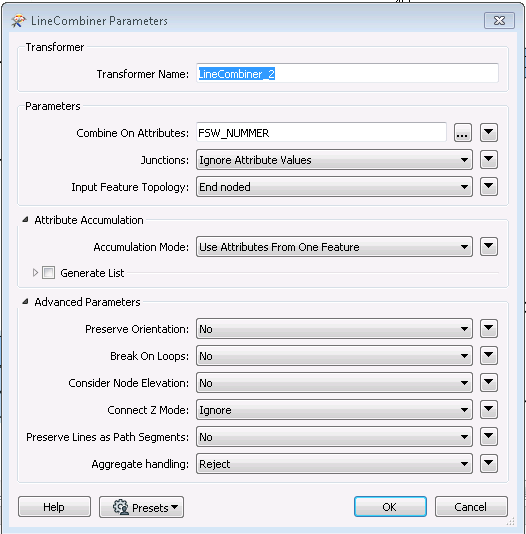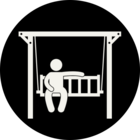I would like to combine lines into 1 line/route based on an attribute. The LineCombiner seems not to combine lines with a different orientation. So, if two lines have the same starting point, they are not combined. I put the parameter "preserve orientation" on "no", but this doesn't seem to have any result. The result has too many lines (different line at almost each beginning or endpoint of the incoming lines, due to a different orientation). Any suggestions?
















